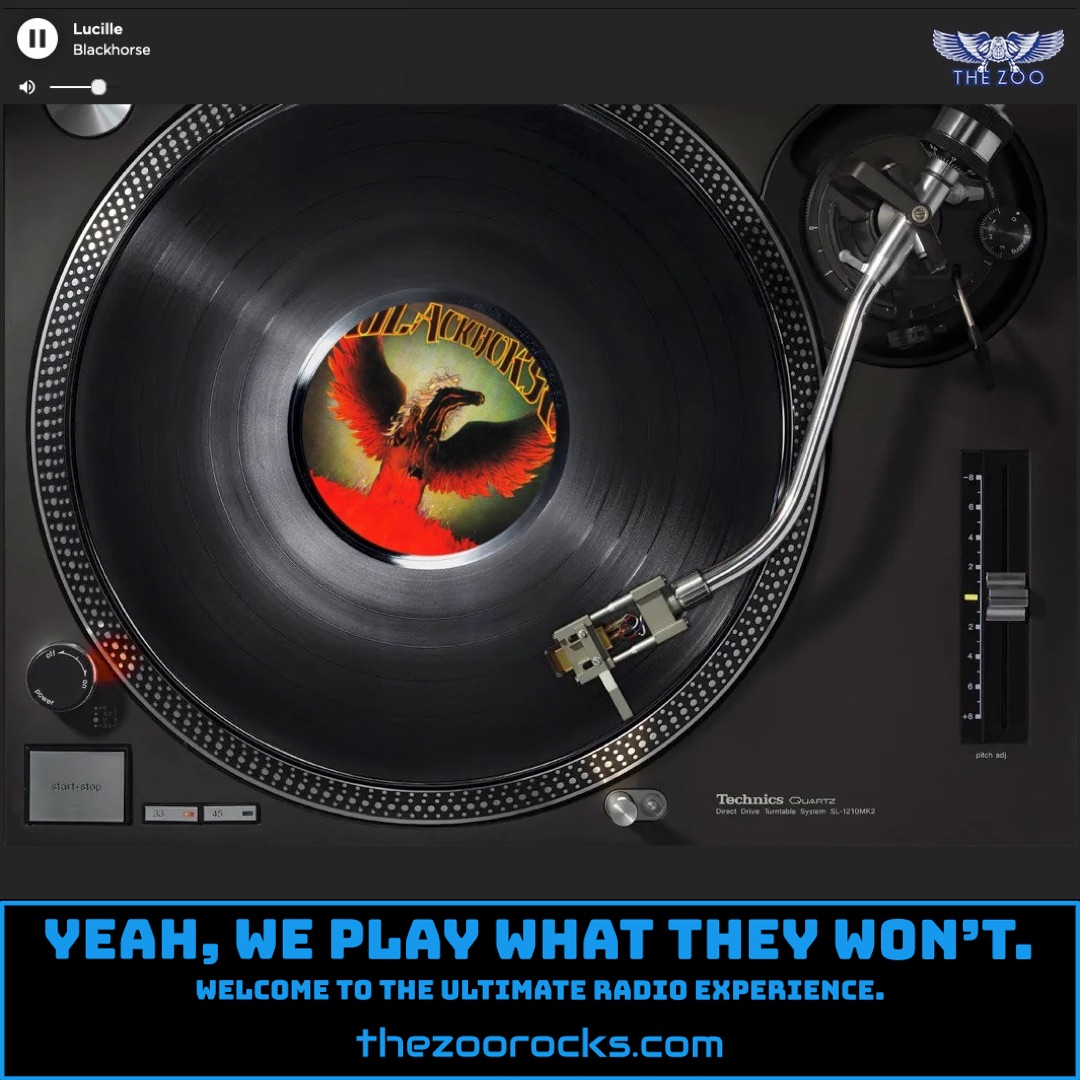Next
Journey
Not much is known about specific trivia or stories directly tied to the song "Next" from Journey's 1977 album Next, as it wasn't a major single or heavily discussed in interviews compared to their later hits like "Don't Stop Believin'." However, the album itself marks a pivotal moment in the band's early career, being their third studio release and the last to feature keyboardist Gregg Rolie as the primary lead singer. The song "Next" is a high-energy track with a progressive rock edge, reflecting the band's early style before they shifted to a more commercial sound with Infinity in 1978. In a 2013 review on ProgArchives, a fan noted that Next has a "hard and rough edge," with "Next" showcasing Neal Schon's guitar-driven intensity, surprising listeners familiar only with Journey's later pop-rock hits. The album reached No. 85 on the Billboard 200, a modest achievement that hinted at the band's growing potential despite limited commercial success at the time.
Next was also notable for being the final album with the band’s original lineup on the cover, a detail mentioned on Wikipedia. While no specific quotes about the song "Next" surfaced in recent interviews, Neal Schon has often reflected on this era as a time of experimentation. In a 2022 Rolling Stone interview, he discussed the challenges of getting new material recognized in the pre-Escape days, suggesting that tracks like "Next" were part of a creative phase where the band was still finding its identity. The instrumental "Nickel and Dime," from the same album, was a minor highlight, with its B-side status to the single "Spaceman," indicating Journey's willingness to blend progressive and hard rock elements. Fans on Reddit have called Next the end of an era, marking the transition from their jazz-rock roots to a more accessible sound.
Journey was formed in 1973 in San Francisco by former members of Santana and other local bands, under the guidance of manager Herbie Herbert. Neal Schon, a guitar prodigy who joined Santana at age 15, founded Journey alongside Gregg Rolie, Santana’s keyboardist and vocalist. They were joined by rhythm guitarist George Tickner, bassist Ross Valory, and drummer Prairie Prince, though Prince was soon replaced by Aynsley Dunbar. Initially, Journey aimed for a jazz-fusion and progressive rock sound, influenced by their Santana roots and the Bay Area’s vibrant music scene. Their self-titled debut in 1975, followed by Look into the Future in 1976, leaned heavily into instrumental prowess, but commercial success was elusive. By the time Next was released, the band was under pressure from Columbia Records to adopt a more radio-friendly style, leading to the eventual hiring of lead vocalist Steve Perry in 1977, post-Next.
You can follow Journey on their official website at journeymusic.com, where they share tour dates, merchandise, and band updates. Their official Facebook page has millions of followers, posting concert photos and nostalgic throwbacks. On Instagram, they share behind-the-scenes content and tour highlights, while their X account keeps fans updated with quick news and interactions. Fan communities thrive online, with groups like the Journey Fan Club on Facebook, where "Zoo Freaks" can connect over shared love for the band’s music. Another fan hub is Journey-Tribute.com, a site dedicated to the band’s legacy, offering discographies and tribute band info. These platforms keep the spirit of Journey’s early days, including tracks like "Next," alive for longtime fans and new listeners alike.

